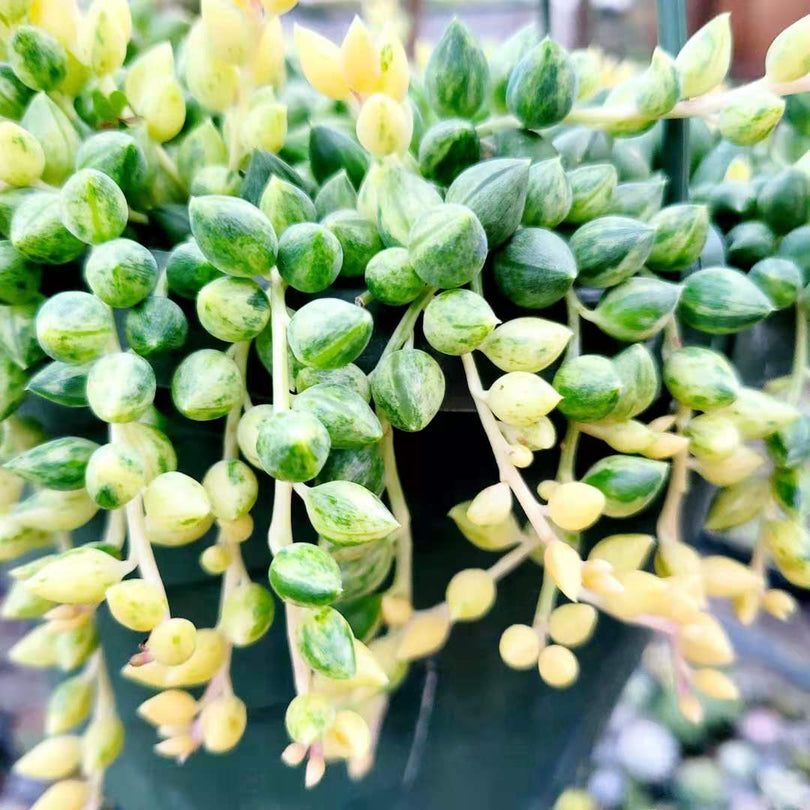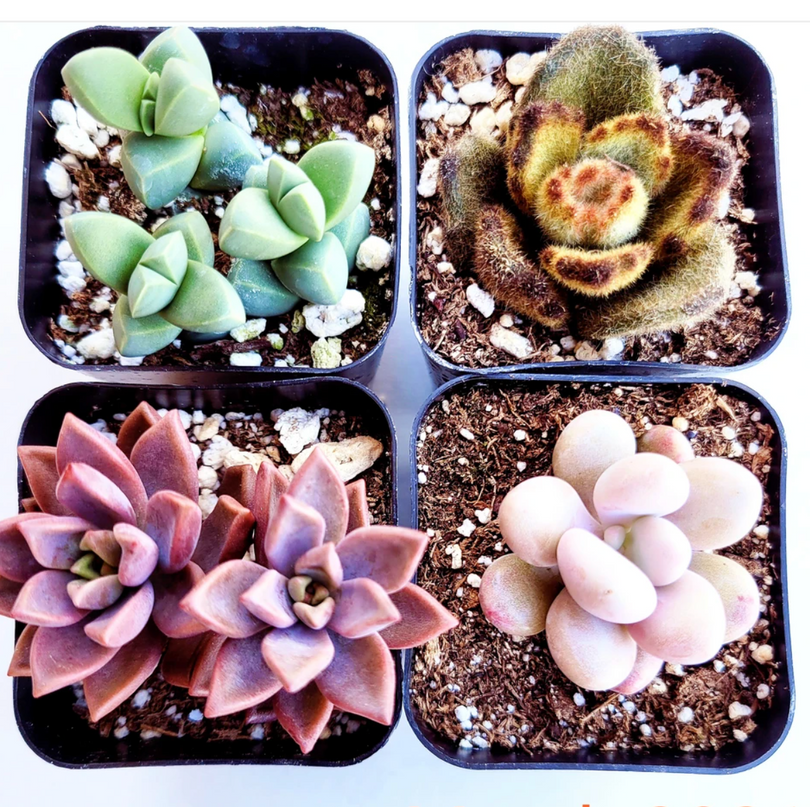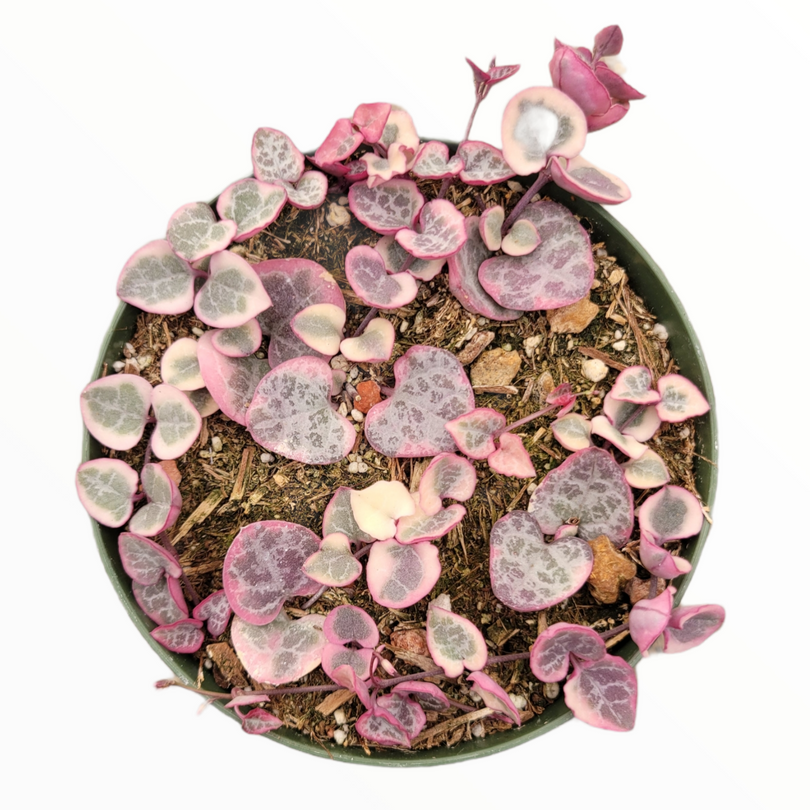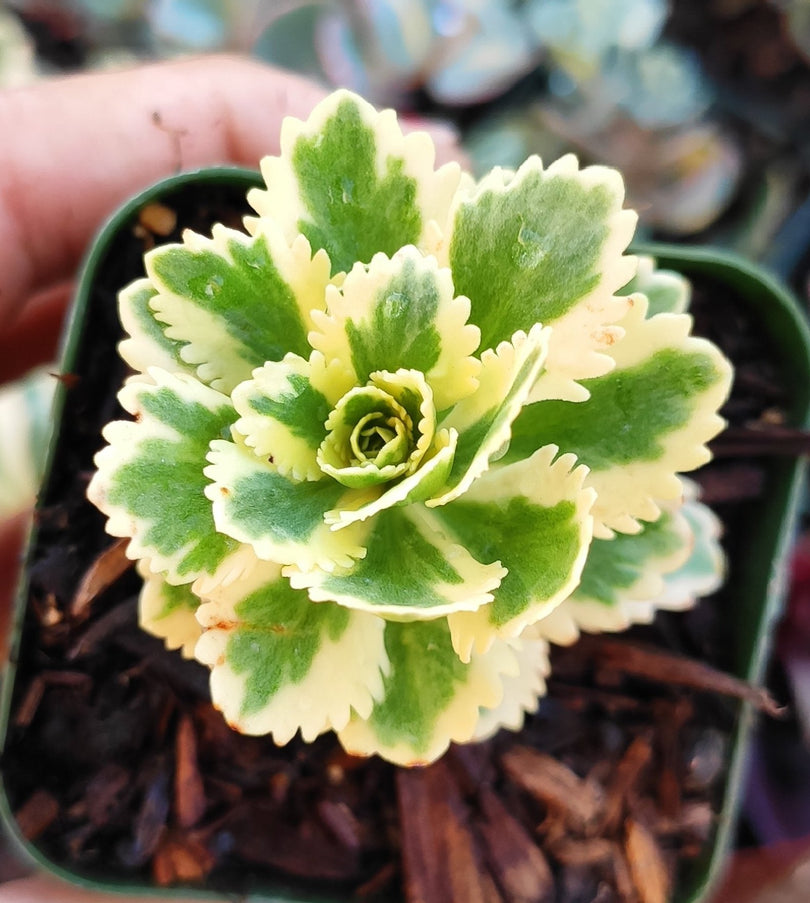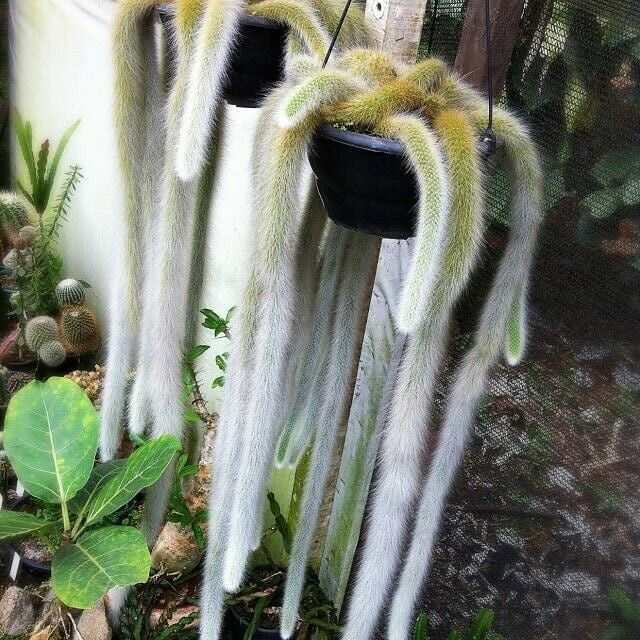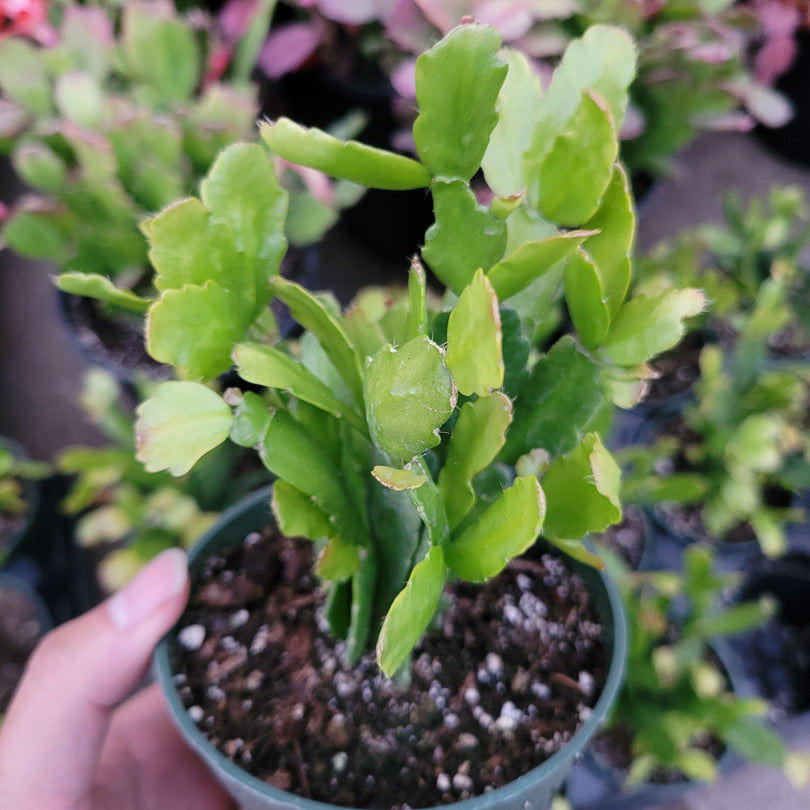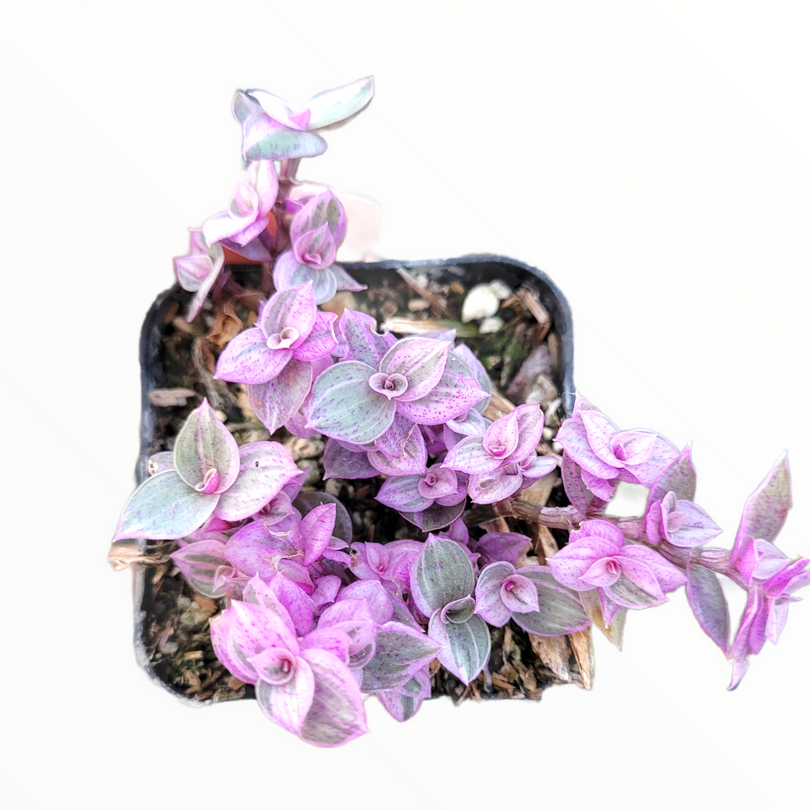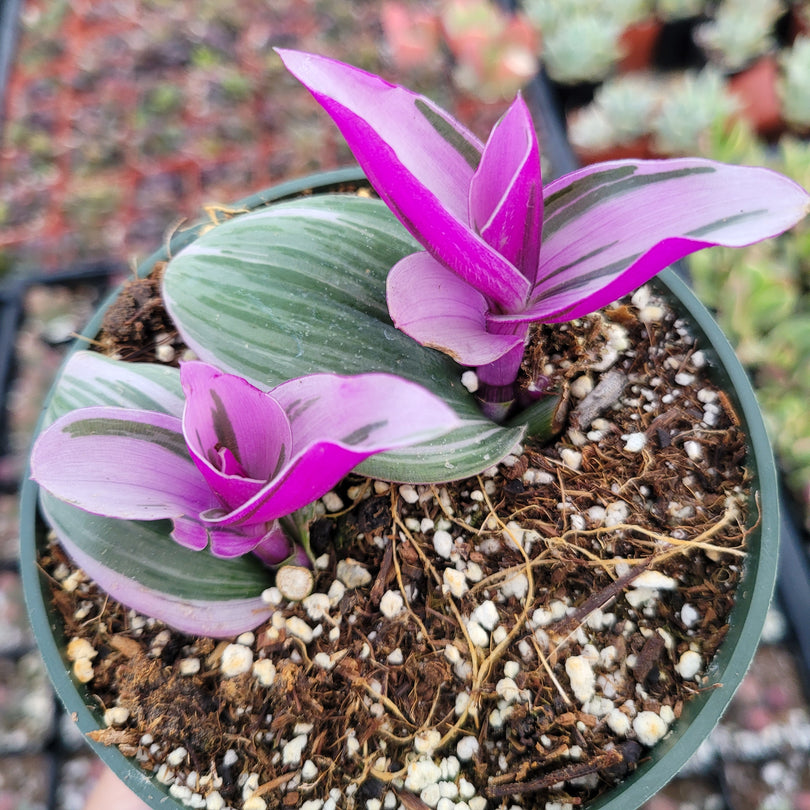Weather and Sun
Succulents tend to prefer a temperate climate. Generally they do best in areas with filtered sunlight and temperatures below 90 degrees. Most succulents can tolerate full sunlight, however some can get sunburn if they are in full sun during the afternoon when the temperatures are highest (Aeonium are especially susceptible). Full sun in combination with temperatures above 90 can damage most succulents. Morning and/or evening sun with afternoon full or partial shade (at least 50%) is ideal.
Newly planted succulents, especially those that have been growing in a greenhouse, will need to be shaded for a few days and gradually introduced to more sunlight. This is also the case when bringing succulents that have been grown indoors outside.
Colorful succulents will maintain their color best with at least 6 hours of bright, indirect sunlight each day. Without enough sunlight they begin to revert to green and stretch out. Heat and extreme cold generally bring out the deepest color in succulents. Most Sempervivum have their richest color in spring when extra sunlight combines with cold nights. Some succulents, such as the Sempervivum heuffelii and many of the Soft Succulents, keep their color better when it gets hot.
Weather / Cold Temperatures
Cold hardy succulents will do well year round outdoor. They can tolerate freezing temperatures for extended periods of time, though many varieties will go partially or fully dormant in late fall (e.g. hardy Sedum). Most tender (“Soft”) succulents will die if the temperature falls below freezing for more than a day or two, but many will survive below 32 for brief periods of time (6 hours or less in a night). You can move tender succulents indoors for the winter and bring them out again in the spring. Some succulents change very little during the winter months, while others change dramatically.
Garden Soil, Potting, and Container
Garden Soil
One of the most crucial parts of working with succulents is having a well-draining soil. Succulent roots will rot if they sit in water or wet soil for too long. If the soil you are working with doesn’t drain well, you can add a soil amendment such as pumice, perlite, or coarse sand. These will help loosen the soil and allow the water to drain more quickly, thus allowing the soil to dry faster. When planting succulents in the ground, creating mounds or planting on a hill will also help increase the drainage.
It is even more important to have well-draining soil for succulents grown in containers. In general, it’s best to use a pot with a drainage hole to allow water to flow out of the pot. Succulents will do best in a soil with a particle size of roughly ¼" or 6mm. Standard potting soil is too dense for succulents and doesn’t allow their roots to get the oxygen they need.
While most store bought succulent and cacti mixes (e.g. Miracle-Gro Cactus, Palm, and Citrus, Black Gold Cactus Mix) will be fine for succulents, mixing your own will generally produce the best results. The best ratio for succulent soil is ⅓ organic material such as coconut coir or pine bark fines and ⅔ inorganic material such as crushed granite, coarse grain sand, perlite or pumice.
Using a top dressing, such as a pea gravel or decorative rock is recommended. It adds a professional touch to an arrangement and minimizes moss growth. A top dressing also keeps succulent leaves off of the soil which can help prevent rot.
Fertilizer
Your succulents will also benefit from regular fertilizer. Use a fertilizer with low nitrogen such as a 5-10-10. It’s best to dilute the fertilizer to half strength to prevent burning your succulents. Spring is generally the best time to fertilize as this is when most succulents begin actively growing.
Potting and Container
Succulents are tough plants and can grow in a variety of places. For long term growing, it’s generally best to place them in a container with a drainage hole and to use well-draining soil. While you can plant succulents in fun containers with no drainage such as old shoes, tea cups, votives, etc. they may not be the best long term solutions due to watering challenges. Terracotta or ceramic pots will dry out more quickly than plastic or other materials, so be sure to adjust watering accordingly. As succulents get too big for the container they are in, you can cut back the new growth and plant it elsewhere or move the whole plant to a larger container.
Watering
A common misconception is that succulents don’t need very much water to survive. They in fact need enough water to keep their leaves, stem and root full in order to withstand periods of drought.
The best way to water succulents and encourage healthy root growth is to completely soak the soil and allow it to dry out completely before watering again. Lightly spraying the soil will cause succulents to put off small thin roots which will easily wither and die. Soaking the soil allows them to absorb the water they need. Letting the soil dry out completely allows the succulent time to grow and put off strong healthy roots.
How frequently you water is greatly determined by your climate, soil and the type of succulents you are growing. When the weather gets hot your succulents will need more water than in the winter when it’s cold and they are dormant. Succulents with thick leaves will tolerate longer periods of drought, whereas succulents with thinner leaves will need to be watered a little more frequently.
Watering once a week is a good place to start if you’re unsure of how often to water. However, you’ll want to adjust based on temperature and the type of succulent you’re growing. Look for signs of watering problems to help determine if you need to increase or decrease your watering frequency. Making gradual changes to the watering frequency as you notice early signs of over or under watering will help ensure your succulents stay healthy.
For Echeveria species, it is recommended to avoid letting water sit in the rosette as it can lead to rot, or attract fungus/diseases that can potentially be fatal to the succulent.
Symptoms of Water Problems
Over watering is one of the most common ways to kill succulents. An early sign of over watering is your succulent’s leaves falling off with just a slight bump. As the damage from over watering continues, your succulent’s leaves will begin to yellow and look more transparent. The leaves will feel mushy and wet. At this point the best option is to let your succulent dry out for a few days and reduce your watering frequency in the future.
If your succulent starts to blacken around the stem or leaves, it is suffering from rot. You’ll want to cut off the succulent above the rot, allow the cutting to dry for a few days and then replant the cutting in soil.
When a succulent isn’t getting enough water you’ll notice the leaves start to look limp and soft. You may begin to notice wrinkling near the top of the plant in the new growth. The lower leaves of succulents will die eventually as part of their normal life cycle. If you notice that the leaves are drying up faster than usual, you’ll want to increase your watering frequency slightly.
It’s much easier to rescue a succulent that has been under watered so when in doubt, water less often. Then, if you notice signs of under watering, gradually increase how often you’re watering.
Pests and Diseases
Mealybugs are the most common pest for succulents, although they generally only affect succulents in containers. Aphids are another common pest, usually appearing in the summer. Mealybugs, aphids, and most other pests, can be treated by spraying the succulent with 70% Isopropyl alcohol or an insecticidal soap. Be sure to get in between the leaves and near the stem as bugs tend to hide in the crevices. It may take several applications to completely get rid of all the bugs.

